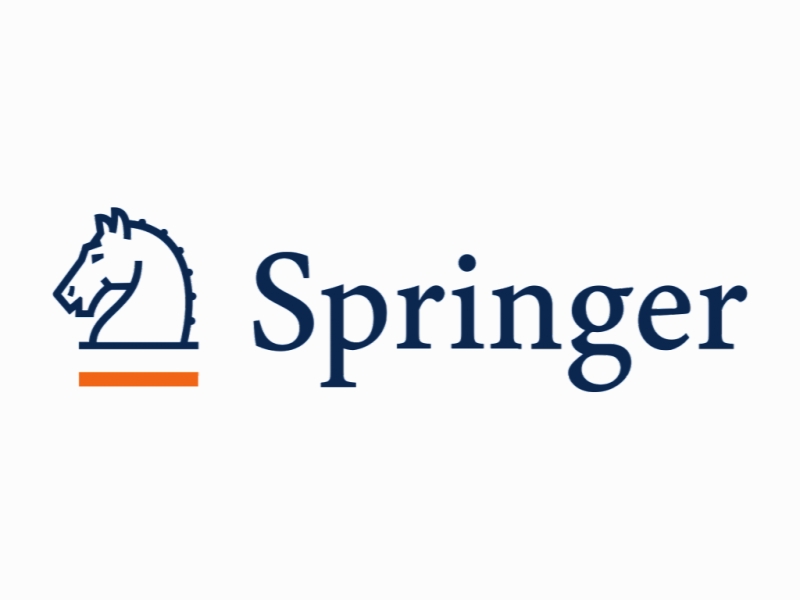تابش اشعه فاضلاب با پرتو الکترون کلیدی راهی به سوی شهرهای هوشمند/سبز پایدار: یک بررسی Irradiation of wastewater with electron beam is a key to sustainable smart/green cities: a review
- نوع فایل : کتاب
- زبان : انگلیسی
- ناشر : Springer
- چاپ و سال / کشور: 2018
توضیحات
رشته های مرتبط مهندسی معماری، شهرسازی، فناوری اطلاعات، محیط زیست
گرایش های مرتبط طراحی شهری، آب و فاضلاب
مجله علوم آب کاربردی – Applied Water Science
دانشگاه PACE Institute of Technology and Sciences – Andhra Pradesh – India
منتشر شده در نشریه اسپرینگر
کلمات کلیدی انگلیسی Wastewater, Electron beam radiation, Remediation, Smart cities and sustainable environment
گرایش های مرتبط طراحی شهری، آب و فاضلاب
مجله علوم آب کاربردی – Applied Water Science
دانشگاه PACE Institute of Technology and Sciences – Andhra Pradesh – India
منتشر شده در نشریه اسپرینگر
کلمات کلیدی انگلیسی Wastewater, Electron beam radiation, Remediation, Smart cities and sustainable environment
Description
Introduction The problems associated with wastewater disposal have become an inevitable problem to the urban world due to the increase in human population and urbanization. The commonality of wastewater-related problems throughout coastal areas of the world is signifcant since these areas are inhabited by over 60% of the human population (Maruthi et al. 2012a, b; Satyanarayana et al. 2010). Consequently, domestic wastewater discharge is considered as signifcant threat to the coastal environments worldwide (Global Programme of Action 2001). Environmental efects associated with wastewater discharges are generally local with trans-boundary implications in some areas (Maruthi et al. 2012c, d, e). The adverse public health, environmental, socio-economic, food quality and security and esthetic impacts from wastewater contamination in coastal areas are well documented (Abbas et al. 2017; Danulat et al. 2002; WHO 2003). Contamination of the coastal water may result in changes in nutrient levels, abundance, biomass and diversity of organisms, bioaccumulation of organic and inorganic compounds and alteration of tropic interaction among species (Hossain et al. 2015, 2016; Singh et al. 2016; Hossain and Ismail 2015). Receiving water with high fushing capacity is able to dilute or eliminate most of the conventional pollutants, but persistent toxic compounds and long lived pathogens will always be troublesome. Sources of water pollution and its consequences The natural processes, like rock weathering and climate changes that can afect water quality (Hossain et al. 2017), are the key sources of water pollution. The sources of water pollution are categorized into two types: point and non-point (difuse) sources. Hossain et al. (2015, 2016), Singh et al. (2016), Hossain and Ismail 2015, Carpenter et al. (1998) and Duda (1993) portrayed that point sources are typically piped discharges from municipal wastewater treatment plants, industrial facilities, small packaged treatment plants, large urban and industrial storm water systems and residential straight piping. Non-point sources on the other hand include storm water runof from timber harvesting, agricultural lands, rural residential development, failing septic systems and mining. Nutrient enrichment of surface water, as the result of runof from agricultural land in particular, is the most challenging problem in environmental management.


